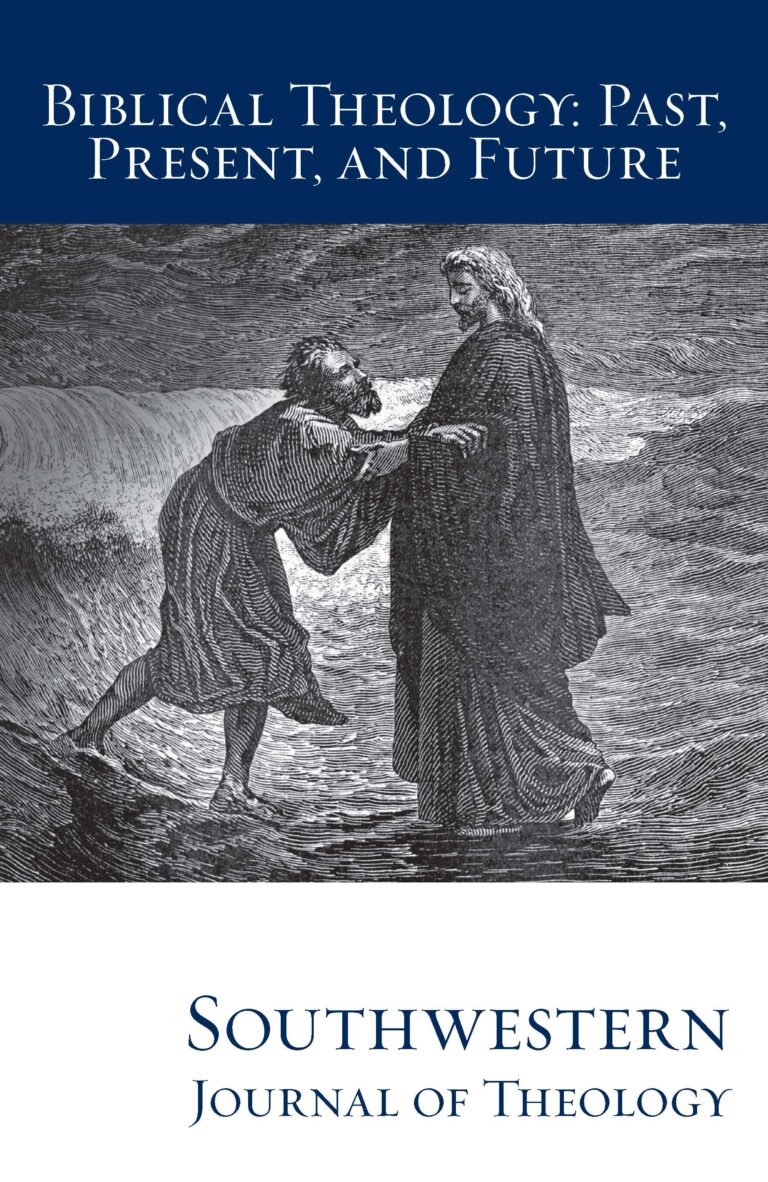
Biblical Theology: Past, Present, and Future (II)
Southwestern Journal of Theology
Volume 56, No. 1 – Fall 2013
Managing Editor: Terry L. Wilder
The Westminster Handbook to Theologies of the Reformation. Edited by R. Ward Holder. The Westminster Handbooks to Christian Theology. Louisville, KY: Westminster John Knox, 2010. 218 pages. Softcover, $30.00.
The Westminster Handbook to Martin Luther. Edited by Denis R. Janz. The Westminster Handbooks to Christian Theology. Louisville, KY: Westminster John Knox, 2010. 147 pages. Softcover, $30.00.
Is the only thing you know about the Thirty-years War that it lasted thirty years? Do you keep forgetting which soft drink company distributes Agricola? Can you never remember what Luther taught about consubstransulation? Most students early on in their theological studies have a difficult time keeping track of the universe of new terminology, unfamiliar names, and foreign concepts to which they are introduced in systematic theology and church history courses. It is for this audience that Westminster John Knox has been publishing its series, The Westminster Handbooks to Christian Theology. The latest installations of this series are The Westminster Handbook to Theologies of the Reformation and The Westminster Handbook to Martin Luther.
The selection of articles in The Westminster Handbook to Theologies of the Reformation goes beyond simply the time period of the Reformation. Articles like those on Augustine and on Gratian reflect aspects of church history from which reformers drew inspiration or against which they strove when those ideas were still in force. Also, articles on Wyclif and Hus demonstrate a sensitivity toward acknowledging proto-reformers who came well before 1517 but who plowed the soil out of which the Reformation would grow. The reformers saw themselves as part of the tapestry of ecclesiastical history that had gone before and students utilizing this handbook will not be deprived of reference to those who, though living outside of the Reformation era, were integral figures in the minds of the reformers.
Beyond the biographies of both major and minor figures, the handbook also touches on the events, creeds, and theology of the era. The theological articles are not limited to the traditional categories of Christology, sacramentology and the like but also touch on symbols and images important in the minds of the reformers such as Calvin’s doctrine of accommodation or Luther’s image of the blessed exchange. Further, article selection is sensitive to the broad range of categories involved. The handbook does not narrow its focus to the Lutheran and Reformed tradition but extends its range to include the Catholics, radical reformers and even more fringe topics like Servetus and magic.
This volume is also to be commended for its wide range of scholars involved in the project. The lineup includes scholars from a variety of confessional stances. Also, the broad base of historical interpretations is extended by the inclusion of both established scholars like R. Emmet McLaughlin and Randall Zachman and younger scholars like Geoffrey Dipple and Edwin Tait.
In contrast, The Westminster Handbook to Martin Luther is not an edited multi-author volume but is left to the capable hands of Denis R. Janz. The selection of articles in this volume has less variety than the other volume. Janz’ handbook focuses almost entirely on theological categories, whereas Holder’s handbook includes events and personalities. So, one looking up Luther’s participation in the Marburg Colloquy would have to look under the “Lord’s Supper,” but Luther’s relationship to personalities like Karlstadt remain less identifiable. The Luther handbook also includes a chronology listing the events and writings.
Both handbooks improve on earlier volumes in the series by bibliographies to the secondary literature in the fields. For reference to primary sources, the Reformation handbook provides a separate bibliography while the Luther handbook prefers to use extensively cited primary sources exclusively to model the content of the articles. This method provides the reader with ready access to Luther’s words but is not as helpful in introducing students to the debates that accompany Luther scholarship such as the question of the Finnish school of interpretation.
These handbooks provide students with reference that can be a helpful accompaniment to introductory courses. Even scholars whose primary interests are in other fields might appreciate the volumes in this series as quick refreshers when their research interests touch on these subjects. In this spirit, further volumes in the series are anticipated.





